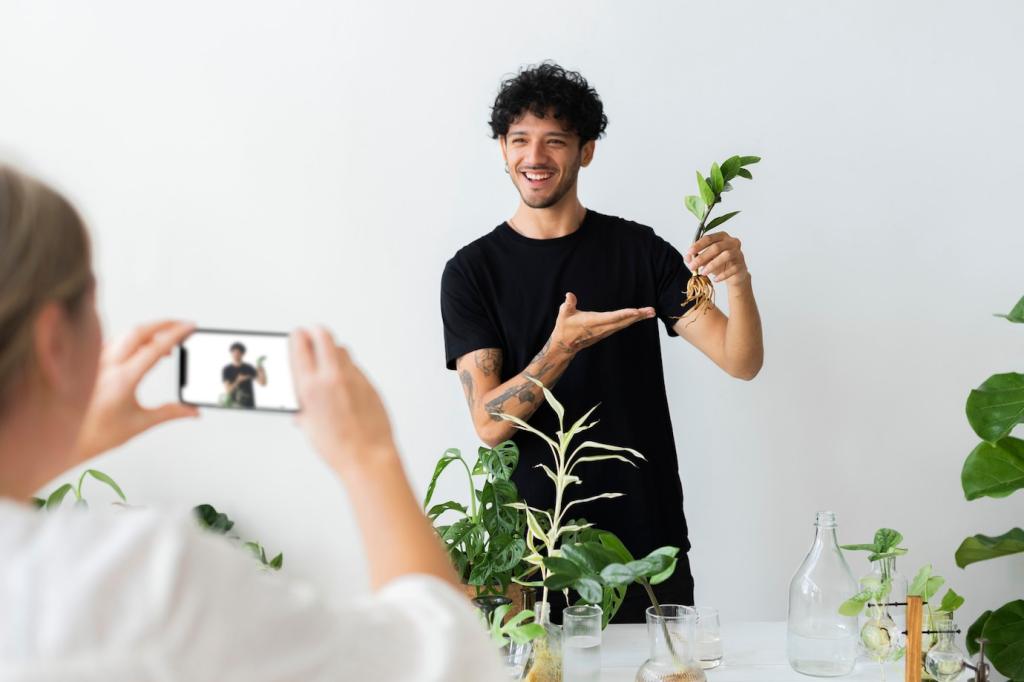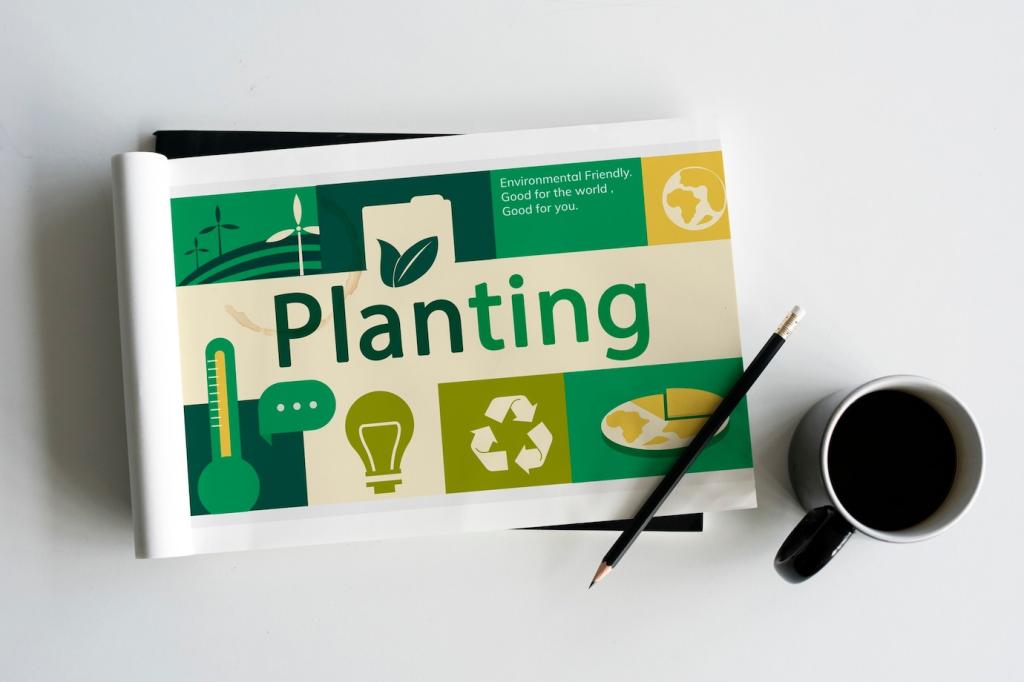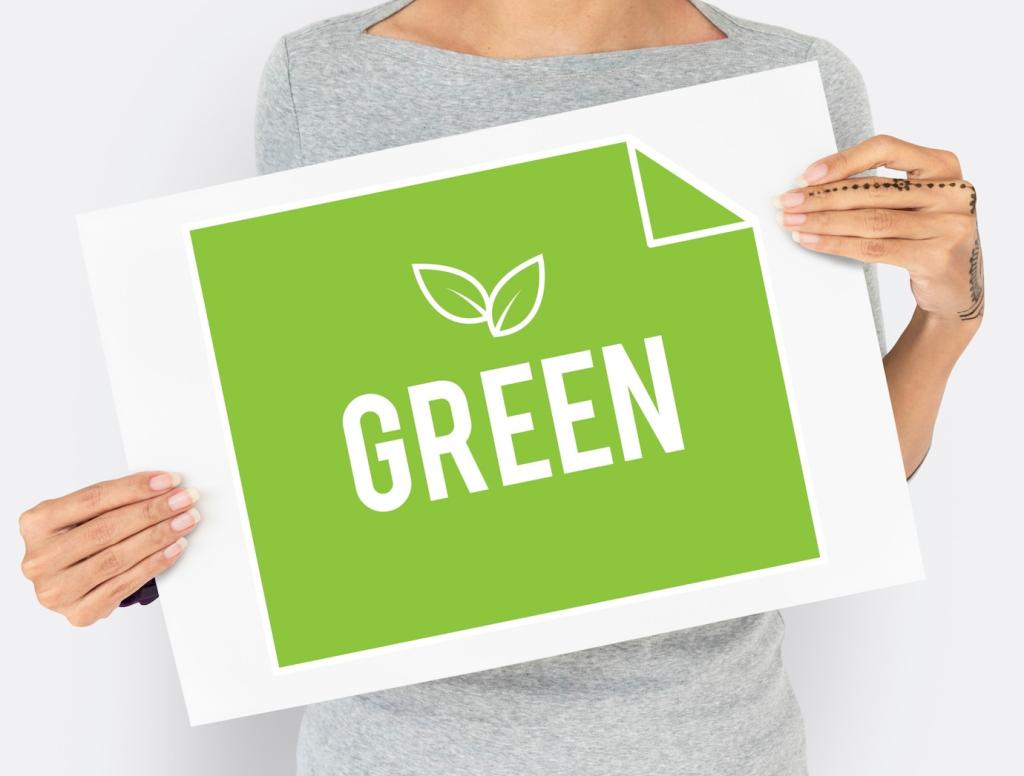Storytelling Structures for Eco Furniture Copy
Tell a material’s biography: salvaged gym flooring, planed and squared, then joined with reversible fasteners for future repair. A short, tactile sequence helps readers imagine touch and longevity. Ask readers which step of the journey made them feel most connected to the piece’s purpose.
Storytelling Structures for Eco Furniture Copy
Feature a two-sentence story beside the add-to-cart button: “Maya chose the reclaimed walnut table for Sunday dinners and low-VOC peace of mind.” Micro-stories shortcut aspiration into reality. Invite followers to submit their two-sentence home stories for a featured “why I chose this” gallery.









